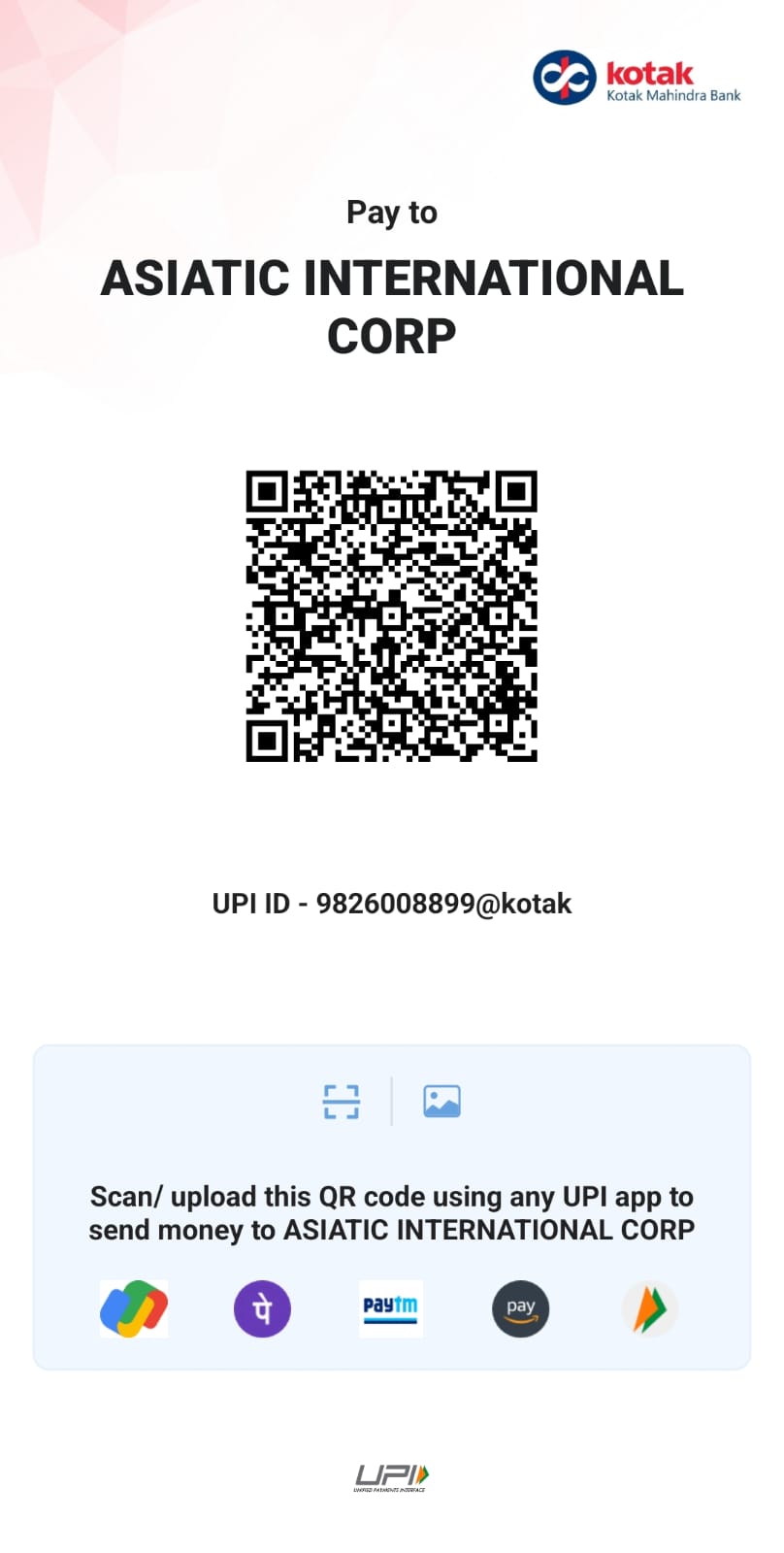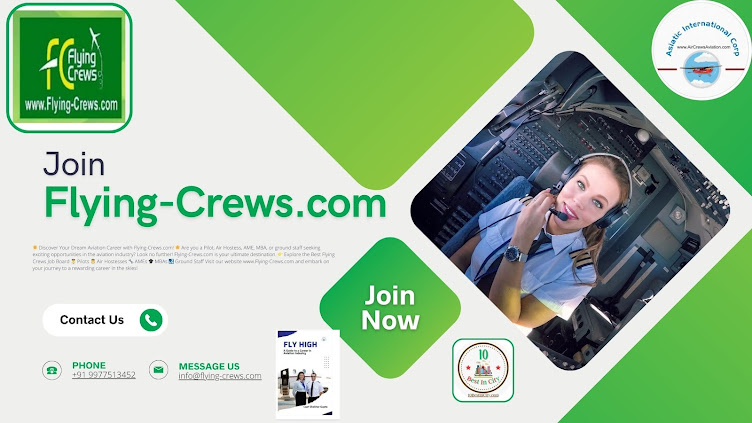Working in Air Canada
Pilots
Each Air Canada pilot is part of the company's proud history of commercial aviation. The men and women piloting innovative new aircraft like the Boeing 777 are part of a tradition that goes back to our first gleaming silver Lockheed 10A Electra. For more than 70 years, Air Canada pilots have been connecting Canada and the world.
Whether a Captain, a First Officer or Relief Pilot, an Air Canada pilot's number one priority is to conduct each flight safely, with due consideration to passenger comfort and on-time performance. While the typical work month consists of approximately 80 hours of flying, pilots spend many additional hours on such ground duties as preparing flight plans, readying the aircraft for departure, and completing post-flight reports. A day's work may vary from a long-range international flight to a sequence of shorter domestic flights. Reserve duty, in which the pilot is "on call", may also be assigned. Air Canada pilots operate out of one of our four crew bases: Montreal, Toronto, Winnipeg or Vancouver. Base preferences are awarded by seniority, so pilots must be willing to relocate as assigned. Pilots typically begin their career as a First Officer on domestic aircraft or as a Relief Pilot on long-range, international flights.
Job Requirements
1. 2000 hours of fixed wing flying time
2.Completion of schooling to the university entrance level
3.Ability to pass the Air Canada and Transport Canada medical and visual acuity requirements for a Category 1 medical certificate
4.Canadian Airline Transport Pilot Licence (ATPL), current Group 1 (Multi-engine) Instrument Rating
5.Canadian citizenship or landed immigrant status
Pilot applications far exceed job vacancies, so preference is given to candidates with qualifications beyond the basic requirements. Examples of desirable additional qualifications include, but are not limited to:
1.Graduates of a three or four year diploma/degree program from a college or university
2.Aviation College degree or diploma
3.Commercial or military flight experience
4.Jet and/or glass cockpit experience
Key Success Factors
1.Safety -
Air Canada's pilots put safety first. The safe operation of all flights is paramount.
2.Teamwork -
An Air Canada pilot's job requires constant interaction with all areas of the operation. From the co-pilot to the ramp attendants, communication and interpersonal skills are a daily part of the job.
3.Open to change -
A pilot's work requires flexibility and adaptability. Air Canada pilots are expected to conduct themselves professionally under all circumstances.
A Day in the Life
Check-in is one hour and 15 minutes prior to departure but I try to show up a little early as it is certain I will bump into some colleagues at flight planning. Undoubtedly, the number one question heard is, "where are you off to?" Answers range from a fifteen-hour polar Hong Kong flight, to a short trip over to Ottawa. We print the flight plan along with the many pertinent weather charts. Sometimes a quick call to flight dispatch located off airport premises is warranted to check on changing weather conditions and ride reports.
Then it’s off to the gate and we settle into the flight deck. Walk-arounds, log book checks, and briefings to the flight attendants are just a few of the many things transpiring as we ready for an on-time departure. Ramp checks, fuel checks, and inputting the flight plan into the onboard computers are all part of the job description.
Push back commences with everything abiding to standard operating procedures. Taxiing to the active runway entails more checks. Finally, a "cleared for takeoff" is read back to the control tower. Again, everyone sticks to the script as we begin the takeoff roll. I think for the majority of us, even after many years on the job, there is still a tingle of excitement when the take-off thrust is set, confirming, "We are going flying!"
Doug Morris, YYZ A320 Captain
How I became an Air Canada Pilot
As a ten year old I had the opportunity to visit the flight deck on an Air Canada flight, and with that the aviation bug was firmly planted! I knew then I wanted to be an Air Canada pilot. I joined the Royal Canadian Air Cadets and was successful in receiving my Glider and Private Pilot licenses before graduating high school. An engineering program and the remainder of my flying licenses were completed over the next few years.
After 10 years of building experience, I got the call, "Your course starts in two weeks, can you be there?" You can guess my answer!
I have now completed over 12 great years of living my dream. I have flown on regional, domestic and international routes. I am currently a Captain on the Airbus 320 and I look forward to the arrival of the 787 Dreamliner.
That's how I became an Air Canada Pilot!
Brian Bartlett, YYZ A320 Captain
Mili Agrawal
HR Manager
flying-crews.com
Linktree:
https://linktr.ee/milipandey28
Linkedin:
www.linkedin.com/in/mili-agrawal-71715ab1
Pinterest:
https://in.pinterest.com/milipandey28/
Quora:
https://www.quora.com/profile/Mili-Agrawal-14
Instagram:
MiLi Agrawal (@miliagrawal41) • Instagram photos and videos
Facebook:
https://www.facebook.com/profile.php?id=100007529406379&mibextid=ZbWKwL
Youtube:
https://www.youtube.com/@miliagrawal675
Shekhar Gupta
Asiatic International Corp
Products
Our Service
.jpeg)
Online Airline Career Counselling
Online Airline Career Counselling and Books orchestrated by Captain Shekhar Gupt... Show more

Online Airline Career Counselling
Online Airline Career Counselling and Books orchestrated by Captain Shekhar Gupt... Show more
.jpeg)
Counselling For Airline Pilot Training
Airline Pilot Training By Capt Shekhar Gupta Author / Pilot Pilot's Career... Show more
Gallery
Payment QR












.jpeg)


.jpeg)



.jpeg)







No comments:
Post a Comment